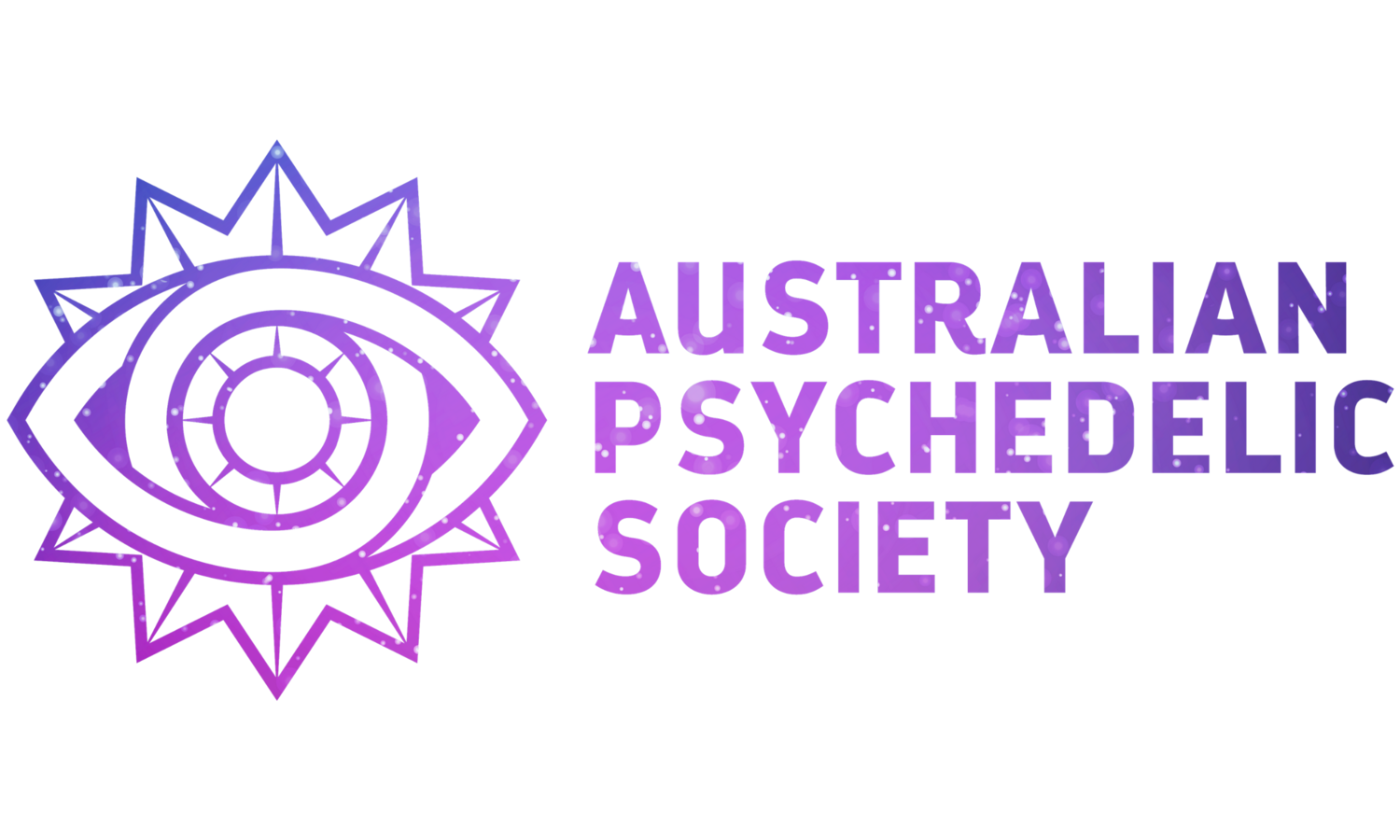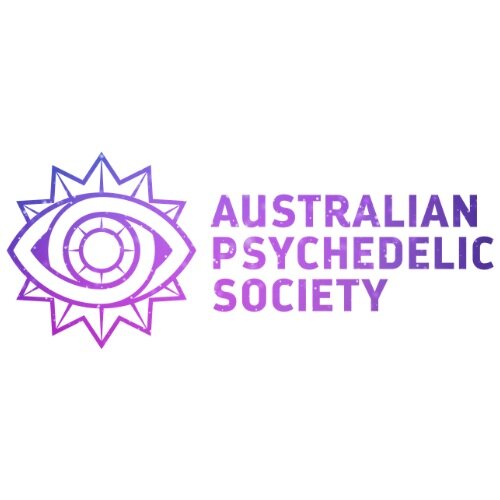Who Takes Psychedelics and Why?
The people who choose to consume psychedelic substances and the reasons they do so are as varied as the effects they produce, which are unique for every individual and rarely the same twice. The people who take psychedelics fit all demographics of age, gender, race, ethnicity, class, etc, and the various motivations people have for their psychedelic use in modern society are equally as diverse.
Undoubtedly the oldest use of psychedelics is to be found within many human cultures since antiquity, mostly in religious ceremonies, shamanic rituals and during cultural ‘rites of passage’. These motives continue on within several contemporary religions that now exist and are legally recognised for using the psychedelic brew ayahuasca as their sacrament such as The Santo Daime and União do Vegetal churches. The Native American Church in the United States are also recognised by law as holding the Peyote cactus as sacred and continue their age-old traditions to this day. Countries like Peru also recognise Indigenous use of psychedelic plants such as ayahuasca and San Pedro cactus as part of their cultural heritage, as does Mexico for psilocybe mushrooms and Salvia divinorum, and many people choose to visit these areas with such pursuits in mind.
These psychedelic traditions have spread far and wide in recent decades and now form an integral part of many people’s spiritual practices and beliefs in modern life. These take a variety of forms as contemporary non-indigenous, neo-shamanic or ‘new-age’ ceremonies that use psychedelic substances blended with spiritual influences from around the globe. In fact, the ‘re-discovery’ of psychedelic substances by the West greatly contributed to the spread of Eastern philosophy, mediation, yoga, and various forms of devotion around the world, and they remain associated with spiritual pursuits and lifestyles. As a result, many people choose to engage with psychedelics to experience what they feel is direct access to spiritual dimensions of life, a sense of divinity, and awareness of metaphysical principles.
Since mescaline was synthesised in the late 19th century and LSD in the 1940s, a core appeal of these perception-altering compounds has been their influence on artistic and musical creativity, and this is still a driving force behind psychedelic use. This influence is perhaps most clearly seen in the ‘psychedelia’ of the 1960s that significantly affected the style of popular art, music and fashion at the time, coinciding with important cultural shifts and movements that advanced social and political change. Many philosophers and writers have also noted psychedelics as inspiring their works, a tradition that extends back to the 1930s and the European bohemian poets’ experimentations with mescaline. Inspiring art, music, poetry, etc, seems to be an inevitable result of creatively inclined people taking psychedelics, and their use though the decades is beautifully reflected in the visionary art movements that arise around them.
Another use that psychedelics are seen to have is problem-solving, with early studies looking into their ability to assist professionals to find novel solutions to specific challenges. It is this perceived improvement of performance that extends to the current trend of microdosing. This is a practice where people of all occupations and roles now take tiny sub-threshold doses of psychedelics on a semi-daily basis to improve cognition, focus, memory, mood, and overall performance. As it has been variously noted, ‘psychedelics are also medicine for well-people', and many take these substances to gain insight on their own psychological processes, life-purpose, goals, relationships and other important life-factors. As a result, psychedelics are now becoming an increasing part of the wellness and self-development movements, as many people take psychedelic compounds for therapeutic purposes outside of a clinical setting.
Emerging from the 1960s was the development of large countercultural and transformational festivals often emphasising the ideals of peace, love, unity, and respect. This is perhaps where many people may associate the ‘recreational use’ of psychedelics, but the people who use them in these environments also do so for varied reasons. Some may enjoy psychedelics for their enhancement of music, dance and performative arts, as music plays a key role in the experience. Others may enjoy psychedelics in these environments for their ability to invoke a deeper sense of connection with others, experiencing raised levels of empathy, compassion and understanding, giving rise to the core ethos of some of these events.
While ‘recreational’ use is generally associated with meaningless, hedonistic or indulgent pursuits, this term is problematic as psychedelics can induce powerful and profound experiences even when taken simply with a ‘curious’ intention. Many people may favour an intimate environment with good friends, at home, in nature, with pets, etc (more on this under ‘set and setting’) and have life-changing experiences through a shift in perspective and a renewed appreciation for life itself. Some people find psychedelics so fascinating that they might fall under the category of ‘psychonaut’: someone who is dedicated to the pursuit of altered states of consciousness and the exploration of their own psyches. We can also learn a great deal about psychedelics from these people, as they are often willing to push boundaries of dose, novel compounds and unique drug-combinations that most people would not be comfortable with. This is because they are generally well-informed about the substances they choose to take and their passionate exploration leads them to research psychedelics intently, as well as providing extremely informative ‘trip reports’ in online forums and the like.
So as we can see, the types of people who use psychedelics and the reasons they choose to do so are incredibly varied, and there are no doubt a number of them not covered here, and some that are yet to emerge as the role of psychedelics in modern society continues to evolve.

